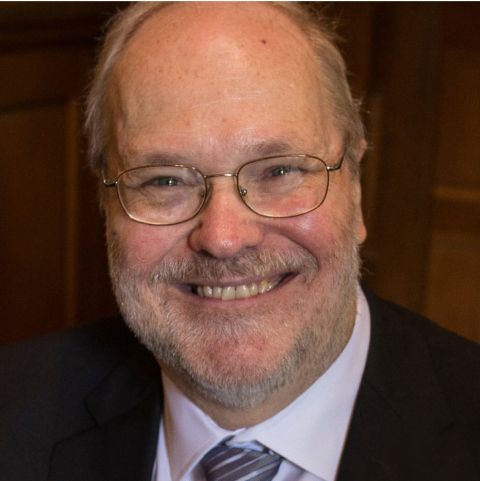U.S. Industrial Production Firms During September
by:Tom Moeller
|in:Economy in Brief
Summary
- Factory production leads increase.
- Consumer & business output both are strong.
- Capacity utilization returns to expansion high.


Industrial production increased 0.4% (5.3% y/y) during September after easing 0.1% in August, revised from -0.2%. Production rose 0.7% in July, revised from 0.5%. The level of industrial output during September was a record, and it has risen by roughly one-quarter since the 2020 low. A 0.1% improvement had been expected in the Action Economics Forecast Survey.
By industry group, manufacturing production increased 0.4% in September (4.7% y/y), the same as in August, revised from 0.1%. Durable goods rose 0.5% (6.0% y/y) after edging 0.1% higher in August. Computer & electronic products production gained 1.1% (1.9% y/y) for the second straight month. Motor vehicle & parts production rose 1.0% (19.4% y/y) after falling 1.5% in August. Electrical equipment & appliance production surged 0.9% in September (3.9% y/y) following declines in three of the prior four months. Furniture production rose 0.7 (+0.9% y/y), after declining in each of the prior six months. Machinery output rose 0.3% last month (5.2% y/y) after a 2.6% surge. Fabricated metal product output improved 1.0% (5.0% y/y) but primary metals eased 0.2% (-2.7% y/y), off for the second straight month. In the nondurable goods sector, production rose 0.3% (3.6% y/y) after rising 0.7% in August. Apparel output strengthened 1.6% in September (4.6% y/y) while petroleum & coal product output gained 1.1% (3.9% y/y) after strengthening 4.1% in August. Chemical output rose 0.3% (4.4% y/y) after a 0.7% rise, but paper production fell 0.9% (+0.6% y/y), the fourth decline in five months. Food, beverages & tobacco production rose 0.6% (3.3% y/y) after easing 0.1% in August.
Utilities output eased 0.3% (+0.5% y/y) in September after dropping 3.3% in August. Mining activity rose 0.6% (+11.1% y/y) in September after holding steady in August.
By market groups, consumer goods output rose 0.6% (3.8% y/y) in September, following declines in three of the prior four months. Business equipment production rose 0.5% (8.2% y/y) while construction supplies production jumped 1.1% (+3.6% y/y) after a 0.4% decline.
In the special classifications, factory output of selected high-tech industries rose 0.8% in September (4.9% y/y) after minimal gains in the prior two months. Manufacturing production excluding selected high-tech industries rose 0.4% (4.6% y/y) after a 0.2% August rise. Manufacturing production excluding both selected high-tech and motor vehicles & parts increased 0.3% (3.6% y/y) after a 0.5% August gain.
Capacity utilization rose to 80.3% in September from 80.1% in August. An 80.0% rate had been expected. Factory utilization rose to 80.0% in September from 79.7% in the prior month.
Industrial production and capacity are located in Haver's USECON database. Additional detail on production and capacity utilization can be found in the IP database. The expectations figures come from the AS1REPNA database.


Tom Moeller
AuthorMore in Author Profile »Prior to joining Haver Analytics in 2000, Mr. Moeller worked as the Economist at Chancellor Capital Management from 1985 to 1999. There, he developed comprehensive economic forecasts and interpreted economic data for equity and fixed income portfolio managers. Also at Chancellor, Mr. Moeller worked as an equity analyst and was responsible for researching and rating companies in the economically sensitive automobile and housing industries for investment in Chancellor’s equity portfolio. Prior to joining Chancellor, Mr. Moeller was an Economist at Citibank from 1979 to 1984. He also analyzed pricing behavior in the metals industry for the Council on Wage and Price Stability in Washington, D.C. In 1999, Mr. Moeller received the award for most accurate forecast from the Forecasters' Club of New York. From 1990 to 1992 he was President of the New York Association for Business Economists. Mr. Moeller earned an M.B.A. in Finance from Fordham University, where he graduated in 1987. He holds a Bachelor of Arts in Economics from George Washington University.







 Global
Global